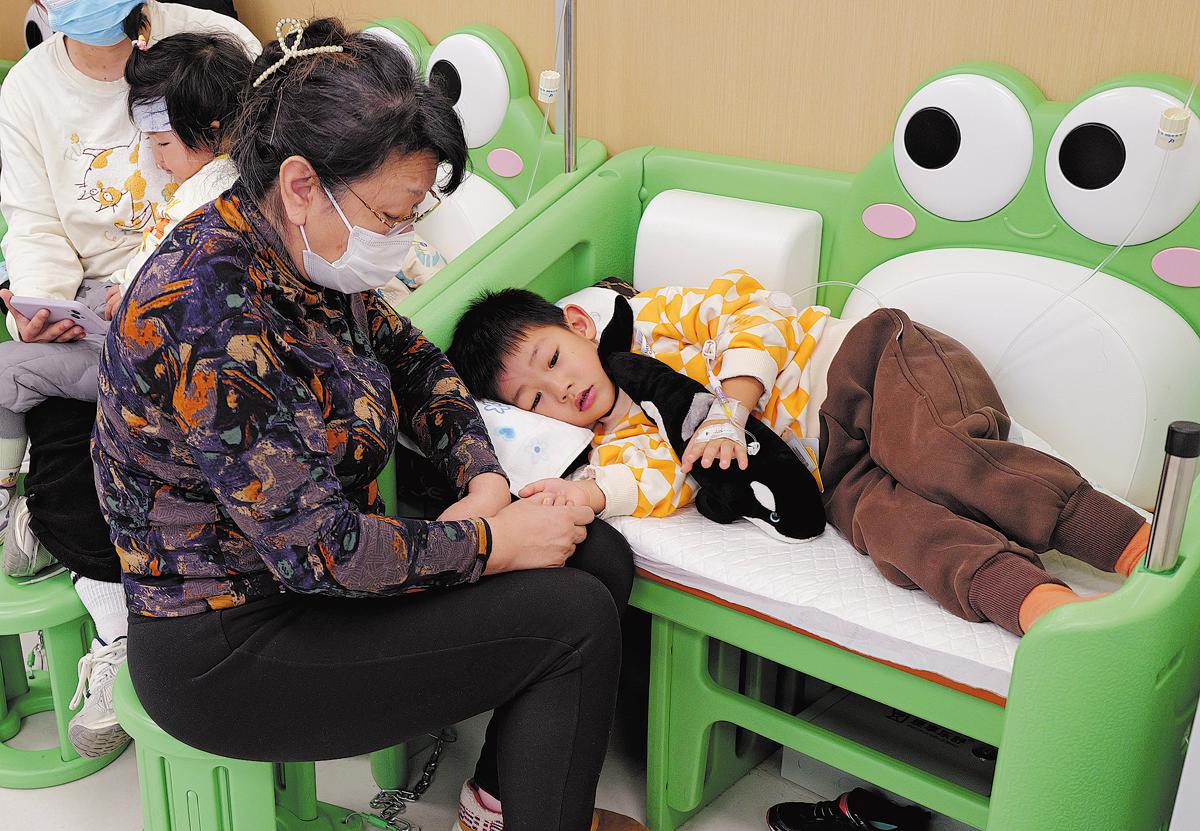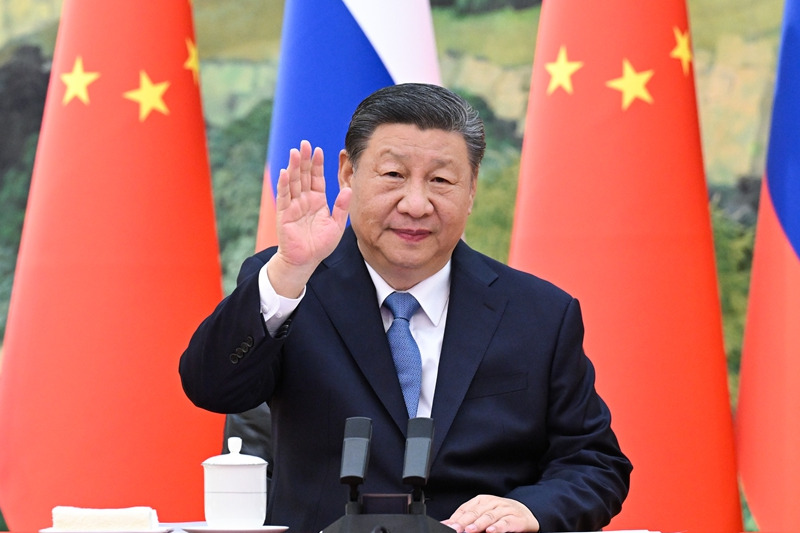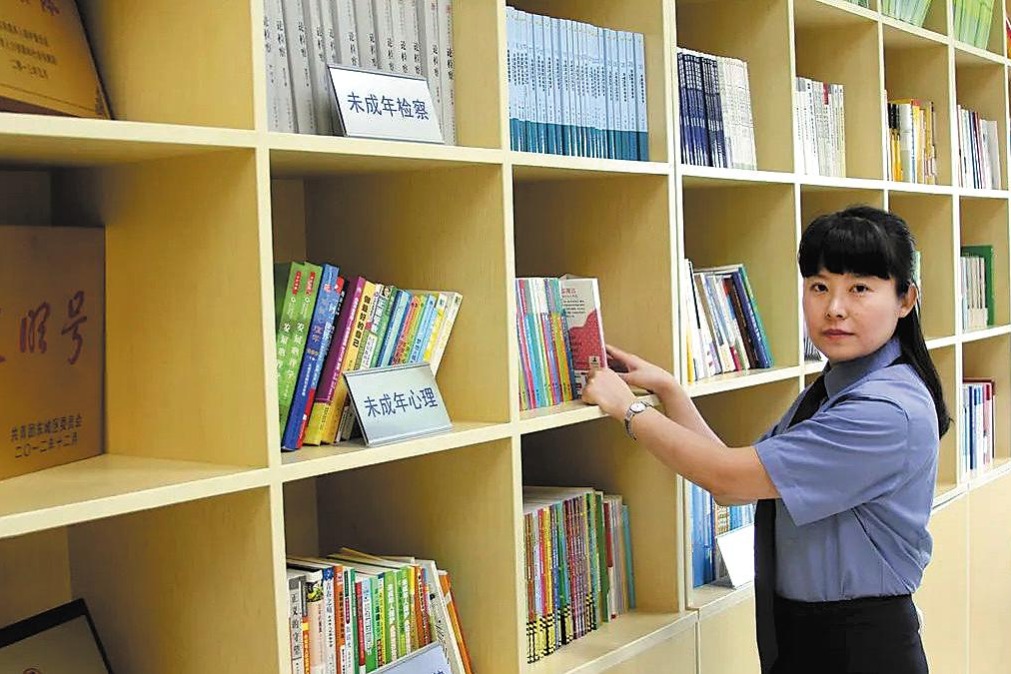2 new drugs added to flu treatment list


China issued its 2025 Influenza Diagnosis and Treatment Plan on Wednesday, aiming to standardize practices in medical institutions nationwide. The plan introduces two new anti-influenza drugs with specific usage conditions, according to health authorities.
The National Health Commission and the National Administration of Traditional Chinese Medicine jointly issued the plan, which has been distributed to health commissions and traditional Chinese medicine bureaus across provinces, autonomous regions and municipalities.
The plan lists six anti-influenza drugs available in China, including oseltamivir, peramivir and zanamivir. It adds marbaloxavir and favipiravir while removing amantadine and rimantadine.
Li Tongzeng, chief physician at Beijing YouAn Hospital's infectious disease department, explained that marbaloxavir, an RNA polymerase inhibitor approved in China in 2021 for those age 5 and older, should not be used for children under 5, pregnant women, or breastfeeding women. These groups are advised to use oseltamivir instead.
Favipiravir, another RNA polymerase inhibitor approved in 2020, is effective against influenza but is primarily used for adults when other treatments are ineffective, Li said, adding that it is less commonly used in clinical practice.
The removal of amantadine and rimantadine aligns with clinical needs, according to Li.
Li also cautioned the public against relying excessively on popular medications for influenza treatment. Proper use of appropriate drugs and adequate rest are crucial for recovery.
He advised stopping medication and seeking medical attention if reactions such as rashes, itching or difficulty in breathing occur.
The 2025 plan provides detailed updates compared to its 2020 predecessor, including refined pathology and clinical manifestations of influenza in children and the elderly, new classification standards for mild and moderate cases, and comprehensive guidelines for antiviral treatments and supportive care.
For the first time, the plan explicitly states that antiviral drugs with the same mechanism should not be combined and dosages should not be increased unnecessarily.
"The new plan offers stronger guidance for antiviral treatment, further ensuring patient safety," Li said.
"In clinical practice, some doctors might use multiple antiviral drugs or increase dosages for severe influenza cases, but there is no evidence that these approaches are more effective."
In December 2024, influenza activity was high across China.
The positive rate for influenza-like illness rose from 4.5 percent in mid-November to 28.6 percent in late December, with reported cases climbing from 713 to 4,883. Influenza A (H1N1) accounted for over 99 percent of cases, according to the Chinese Center for Disease Control and Prevention.
lipeixuan@chinadaily.com.cn




































